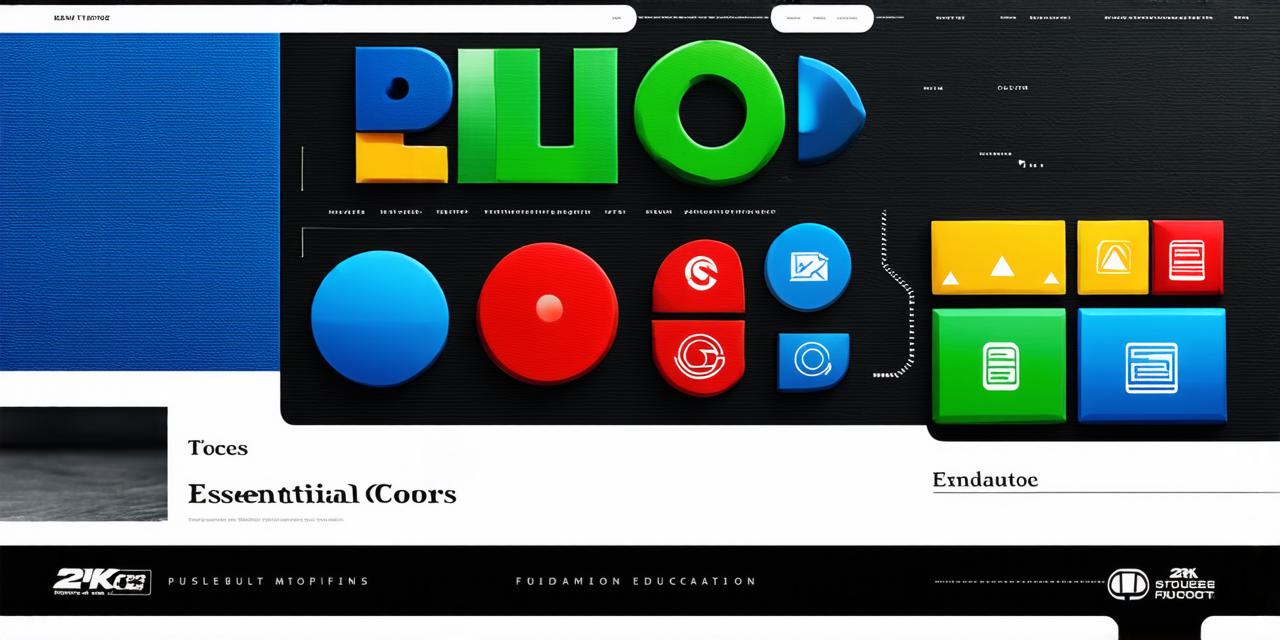In the dynamic world of web design, staying ahead requires more than just creativity and technical skills. To thrive in this competitive landscape, web designers need a solid educational foundation that equips them with the necessary tools and knowledge.
The Importance of Continuous Learning
“Learning never exhausts the mind,” said Leonardo da Vinci, a sentiment echoed in the ever-evolving field of web design. To remain relevant, continuous learning is crucial. This includes staying updated on the latest design trends, mastering new technologies, and understanding user behavior.
Mastering the Basics
A strong foundation in HTML, CSS, and JavaScript is non-negotiable. These languages form the backbone of web development, enabling designers to create functional and visually appealing websites. Familiarity with design principles such as color theory, typography, and layout is also essential for creating harmonious and effective designs.
Understanding User Experience (UX) and User Interface (UI)
Web design isn’t just about aesthetics; it’s about creating an intuitive and enjoyable user experience. UX/UI design principles help designers create websites that are not only visually appealing but also easy to navigate and interact with. Case in point: Apple’s sleek, minimalist interface has become synonymous with user-friendly design.
Embracing Responsive Design

With the rise of mobile devices, responsive design has become a necessity. This approach ensures that websites adapt seamlessly to different screen sizes and devices, providing users with an optimal viewing experience regardless of their device.
Optimizing for Search Engines (SEO)
Web designers must also understand SEO principles to help their clients’ websites rank higher in search engine results. This includes optimizing website structure, content, and meta tags for relevant keywords, as well as ensuring fast loading times and mobile-friendliness.
Staying Ahead with Analytics
Analytics tools like Google Analytics provide valuable insights into user behavior, helping designers make data-driven decisions to improve their designs. By understanding how users interact with a website, designers can optimize the user experience and increase engagement.
The Power of Collaboration
Collaboration is key in the world of web design. Working closely with developers, content creators, and clients allows designers to create cohesive, effective websites that meet all stakeholders’ needs.
FAQs
1. Why is continuous learning important for web designers?
Continuous learning allows web designers to stay updated on the latest design trends, technologies, and user behavior, ensuring they remain relevant in the competitive landscape.
2. What are some essential skills every web designer should master?
HTML, CSS, JavaScript, UX/UI design principles, responsive design, SEO, and analytics are all crucial skills for web designers.
3. Why is understanding user behavior important for web designers?
Understanding user behavior allows web designers to create websites that are intuitive, easy to navigate, and enjoyable to use, improving the overall user experience.


